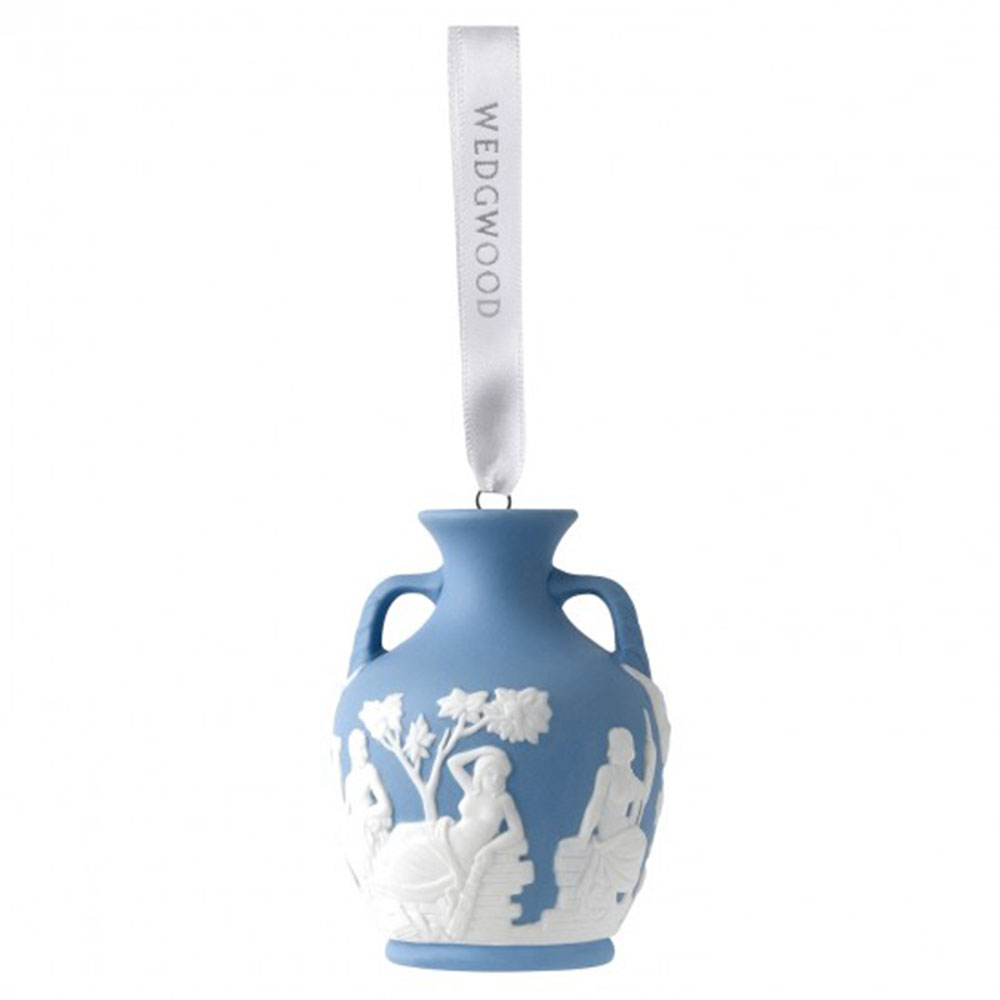Originally, Christmas Trees were decorated with edible delights, such as gingerbread, sweets, and apples, illuminated with candles. In the mid-19th century, a German glassmaker began to produce small hand-blown ornaments in the shape of fruits and nuts. These became popular in England after Queen Victoria’s German husband popularized the Christmas Tree.
American dime-store magnate F. W. Woolworth began importing glass ornaments in the 1880s after a visit to Germany. By the early 1900s, strings of electric lights became affordable and safer alternatives to candlelight. In recent times, many famous pottery and porcelain factories have offered collectible ornaments, such as the miniature Wedgwood Jasper ware vase sold at the WMODA shop.
Initially, a figure of the baby Jesus was put on the top of the tree. Over time this was replaced with the star seen by the Wise Men or the angel who told the shepherds about Jesus. A Christmas fairy is now a favorite tree topper in many homes, continuing the tradition of Victorian fairies with butterfly wings.



